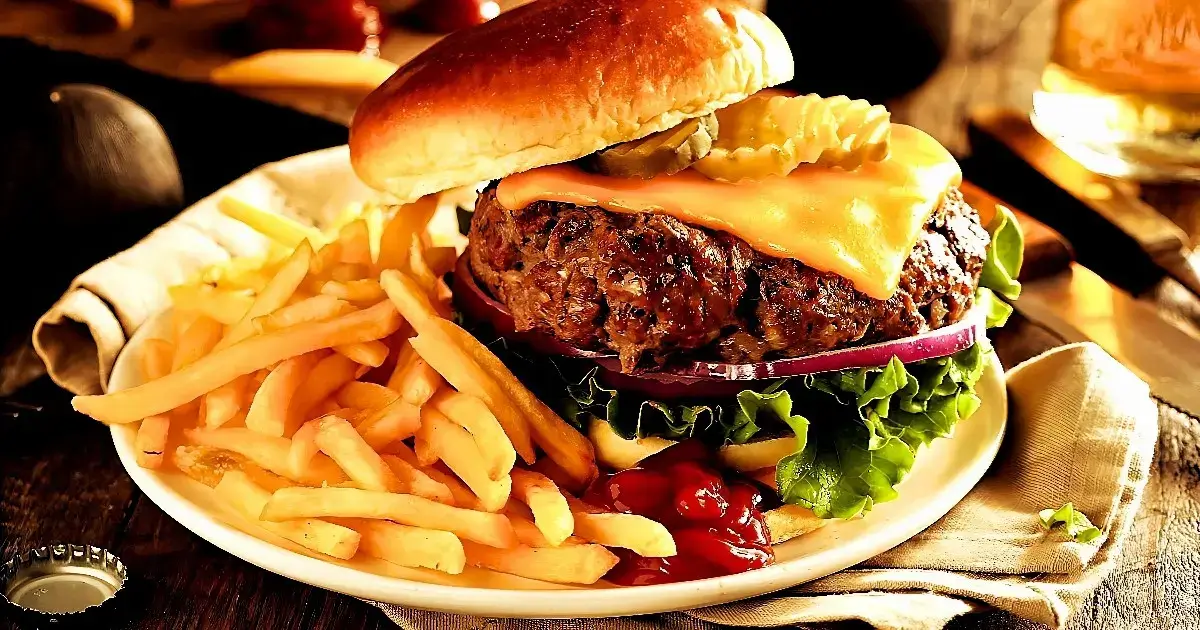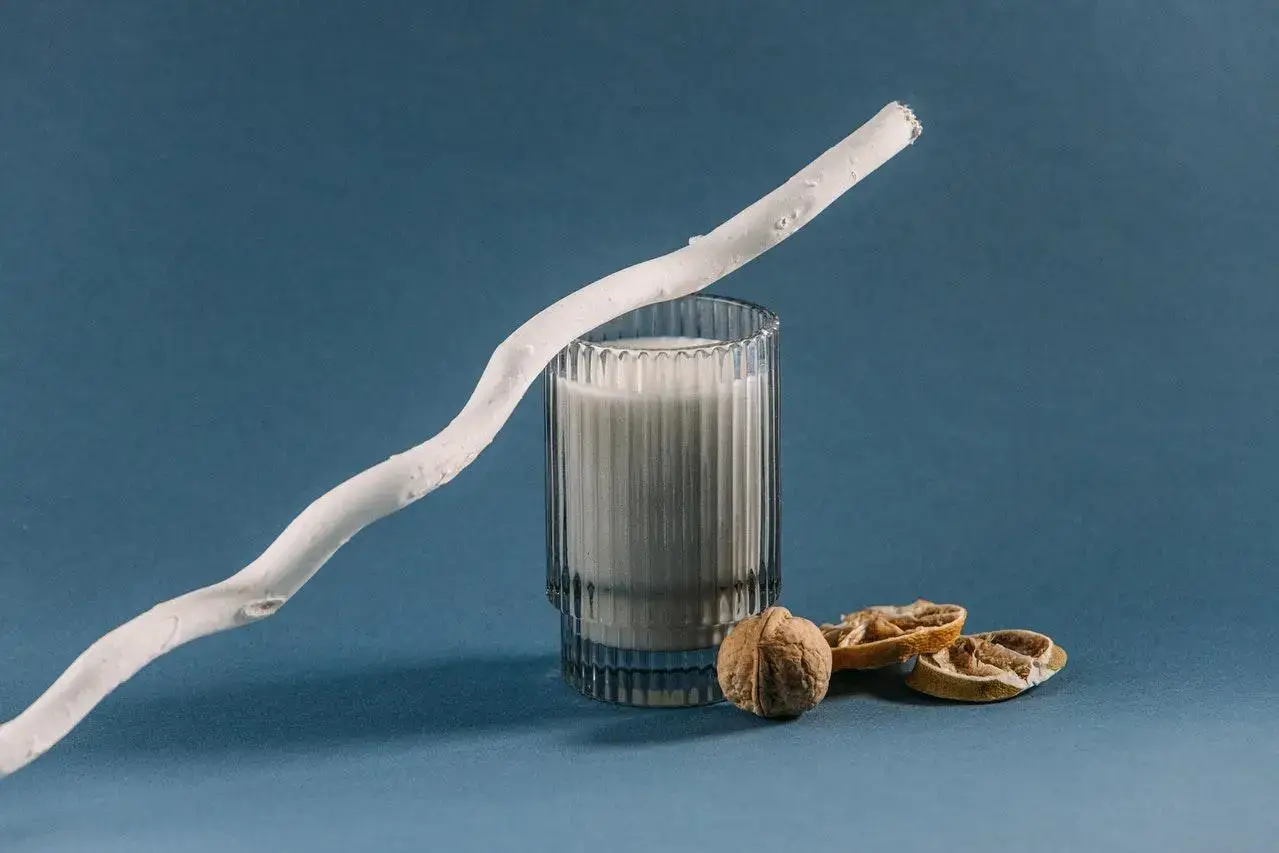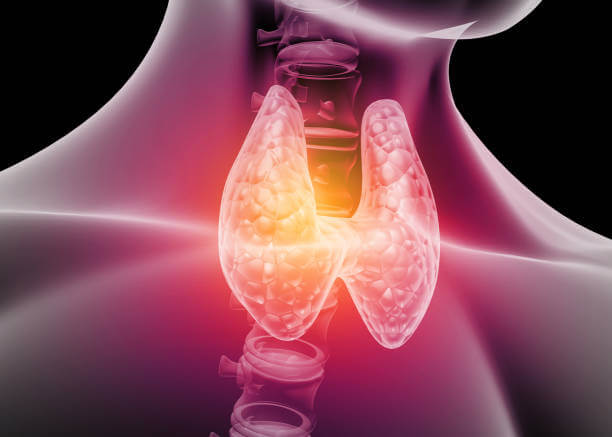Defining Keto vs Low-Carb Diet? Here are 11 fascinating facts.
This blog post may contain affiliate links. If we find a product or service to be useful, we encourage you to visit the website via that link. If you make a purchase through our referral link, we may receive a commission. Rest assured, you will not be charged any additional fees. By using these links, you can support us while making your purchase. For more information visit here.
While both diets are beneficial for weight loss, the ketogenic diet can be more beneficial for those who are seeking more health benefits. For example, it has assisted with diabetes control and seizure prevention for many people. So if you’re looking for a novel and exciting approach to health and wellness, the ketogenic or low-carb diet could be the way to go.
Keto vs Low-Carb Diet!
A ketogenic or keto diet is a very low-carb, high-fat diet that has been proven to aid in weight loss in certain people. The purpose of a ketogenic diet is to induce ketosis, a state in which the body burns fat for fuel rather than carbs. To accomplish this, you must have very little carbohydrates and a lot of fat. This leads your body to create ketones, which are used as a source of energy for your body.
A low-carb diet, on the other hand, is simply a diet that restricts carbohydrates, but not necessarily to the same extent as a ketogenic diet. A low-carb diet’s primary purpose is to minimize the number of carbs you consume with the intention of losing weight and improving health markers.
A low-carb diet might allow for slightly more carbohydrates than a ketogenic diet, but the exact amount can vary depending on the individual and their goals. Some low-carb diets, for example, allow up to 150 grams of carbohydrates per day, while a strict ketogenic diet might limit carbohydrates to just 20-50 grams per day.
It’s also worth noting that while both diets can lead to weight loss, a ketogenic diet may have additional health benefits for some people. This includes improved blood sugar control and reduced inflammation. But, it’s better to consult a doctor or a trained dietitian before initiating any new diet, especially if you have any health issues.
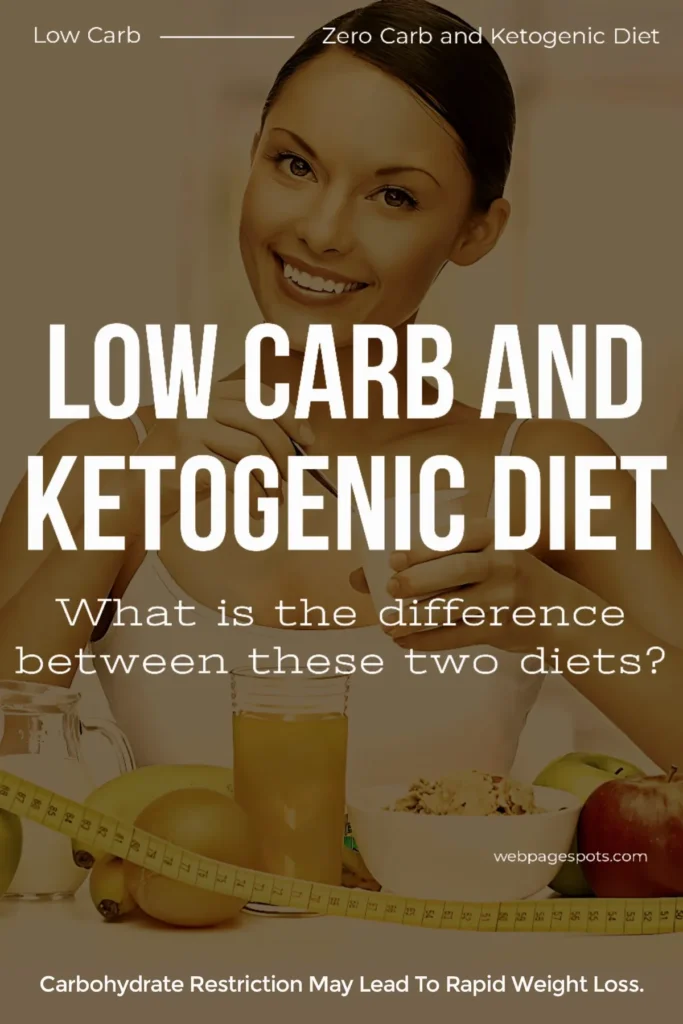
What is the Ideal Keto Diet for Weight Loss?
The ideal keto diet for weight loss is a low-carb, high-fat diet that helps you burn fat instead of carbs for energy. It involves reducing your carb intake and replacing it with healthy fats. To maximize weight loss, it’s imperative to eat whole foods, avoid processed foods, and focus on nutrient-dense foods. You should drink plenty of water and exercise regularly.
The ideal keto diet for weight loss includes healthy fats, such as:
- Olive oil, coconut oil, avocados, and nuts;
- Moderate amounts of protein, such as fish, poultry, and eggs;
- Low-carb vegetables, such as leafy greens, tomatoes, and peppers.
It’s also crucial to eat a range of nutritious foods and to focus on getting enough vitamins and minerals. Staying active and getting enough sleep are also vital for a healthy and effective weight loss journey.
Finally, it is critical to drink lots of water and stay hydrated in order to maintain one’s health. All these factors together make the ketogenic diet an efficient approach to losing weight and enhancing physical health. When followed correctly, the keto diet can be a beneficial strategy to achieve your weight loss goals.
Does the Keto Diet Cause Muscle Loss?
Many people have questioned whether the keto diet causes muscle loss. Is it possible to lose some muscle mass on a low-carbohydrate diet because of reduced glycogen stores in muscles? Research has shown that we can avoid this with proper nutrition and exercise.
One can lose some muscle mass following a low-carb diet because of the depletion of glycogen stores in the muscles. We can counteract this by increasing protein intake and engaging in exercise during a ketogenic diet. Because of the body’s reaction to the diet and its metabolic changes, it may even gain muscle mass.
However, we’ve compiled a list of 9 aspects that may vary from person to person, including muscle loss.
- Protein intake: The ketogenic diet often includes a drop in carb intake and a rise in fat intake. It might lead to a decrease in protein intake. If the dieter does not adjust by upping their protein intake, this protein deficiency might cause muscle loss.
- Reduced glycogen stores: The decrease in carbohydrate intake on a ketogenic diet can lead to a decrease in glycogen stores. Glycogen is a type of glucose stored in the muscles and provides a source of energy during exercise. Lower glycogen levels can lead to muscle loss.
- Gluconeogenesis: The body makes glucose through a process called gluconeogenesis. But during the keto diet, this process can take glucose away from the muscles and contribute to muscle loss.
- Hormonal changes: The ketogenic diet can affect hormones, such as insulin and cortisol, which can play a role in muscle metabolism and muscle loss.
- Lack of essential nutrients: The ketogenic diet can be deficient in certain essential vitamins and minerals, such as calcium, magnesium, and vitamin D. These are crucial for muscle health and function.
- Poor exercise performance: The lack of carbohydrates and glycogen as fuel sources can lead to decreased exercise performance. This can cause reduced muscle growth, and you may feel muscle loss.
- Reduced endurance: The body relies on carbohydrates for endurance activities. So the lack of carbohydrates on a ketogenic diet can lead to reduced endurance and muscle loss.
- Insufficient calorie intake: The ketogenic diet’s exclusion of some food groups can reduce average calorie intake. If the body does not receive enough energy to support muscle mass, this might cause muscle loss.
- Individual variability: The effect of the ketogenic diet on muscle mass can differ from person to person. This is because of factors such as age, sex, muscle mass, and physical activity level.

Does a Low Carb Diet Help You Lose Weight?
Yes, a low-carb diet can help some people lose weight. The theory is that by limiting carb intake, the body will enter a metabolic state known as ketosis, in which it will burn fat for energy instead of carbohydrates. This can lead to decreased calorie intake and an increase in fat burning, which results in weight loss.
- Decreased calorie intake: Low-carb diets, like the keto diet, can cause the body to burn fat cells for energy in certain individuals, allowing stored carbohydrates to be used. Since the carbs present are high-calorie macronutrients, this often leads to a decrease in overall calorie consumption. This reduction in calorie consumption may result in weight loss.
- Increased fat burning: When carbohydrate intake is meager, the body uses fat as its primary fuel source, which can lead to increased fat-burning and weight loss.
- Improved insulin sensitivity: Low-carbohydrate diets can enhance insulin sensitivity, altering insulin levels and fat metabolism. As a result, people lose weight.
- Decreased appetite: Low-carb diets can reduce hunger and increase satiety by regulating the Ghrelin hormone. As a result, overall calorie consumption decreases and weight loss occurs.
- Individual variability: Again, the impact of a low-carb diet on weight loss can vary from person to person and depend on factors such as calorie intake, macronutrient balance, and overall diet quality.
It’s helpful to keep in mind that weight loss is a complex process and many other factors also influence it. Therefore, a low-carb diet may not work for everyone. It should be the last resort.
What Proportion of Carbs is Low Carb but not Ketogenic?
The level of low-carb can vary depending on the context and the goals of the individual. A low-carb diet is one that restricts carbohydrate intake to below 130 grams per day. You may consider this a low-carbohydrate intake, but it’s not necessarily enough to induce ketosis.
For comparison, a typical ketogenic diet restricts carbohydrate intake to 20-50 grams per day, with the goal of inducing and maintaining a state of ketosis.
So, a low-carb diet is one that contains between 50 and 150 grams of carbohydrates per day. But, it’s recommended to consume fewer than 20–50 net carbs daily in order to reach nutritional ketosis.
It’s imperative to note that the ideal amount of carbohydrates for an individual depends on many factors, including age, sex, activity level, and health status.
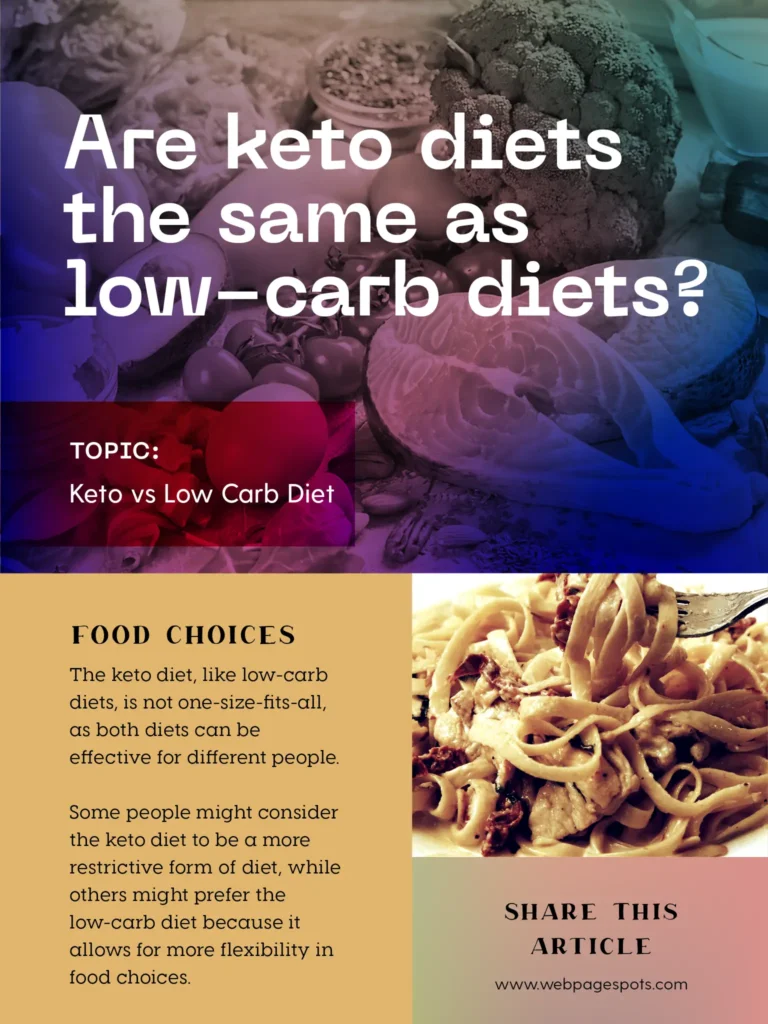
Are the Low Carb Diet and the Keto Diet the Same?
No, the low-carb diet and the ketogenic diet are not the same. Although they share some similarities, there are several key differences between the two diets:
- Carbohydrate intake: The most significant difference between the two diets is the number of carbohydrates allowed. A low-carb diet may allow up to 130 grams of carbohydrates per day, while a ketogenic diet restricts carbohydrate intake to 20-50 grams per day.
- Protein intake: While both diets may restrict carbohydrate intake, the ketogenic diet places a heightened emphasis on high protein intake. A low-carb diet may include a more modest protein intake.
- Fat intake: The ketogenic diet requires a high fat intake, typically 70-80% of total calories, to reach the state of ketosis. In contrast, a low-carb diet may allow for a moderate fat intake, typically 30-40% of total calories.
- Ketosis state: The primary goal of the ketogenic diet is to induce and maintain a state of ketosis. A low-carb diet may not aim to induce ketosis.
- Food choices: The ketogenic diet restricts the consumption of certain food groups, such as grains, legumes, and most fruits. But a low-carb diet may have less restrictive food choices.
- Nutrient balance: The ketogenic diet can be deficient in certain essential nutrients, such as fiber, vitamins, and minerals. A low-carb diet may allow for a more balanced nutrient intake.
- Side effects: The strict carbohydrate restriction of the ketogenic diet can lead to side effects such as fatigue, headaches, and constipation. In contrast, a low-carb diet may be less restrictive and result in fewer side effects.
- Sustainability: The ketogenic diet can be difficult to stick to for a long period and may not be sustainable for some individuals. But for some people, a low-carb diet may be more manageable and sustainable.
- Individual variability: The effectiveness of the ketogenic diet and the low-carb diet can vary greatly from person to person. It depends on factors such as age, sex, muscle mass, and physical activity level.
There is a similarity as well. On both a low-carb and ketogenic diet, there is a reduction in insulin levels, which can trigger the liver to produce ketones from stored fat. An increase in ketone synthesis causes the body to switch from burning glucose to burning fat for energy. This causes a metabolic shift from glycolysis to ketosis. This shift can lead to better overall metabolic health.
It’s critical to choose a diet that works best for an individual’s unique needs and goals. Also, read Keto and low-carb diets.
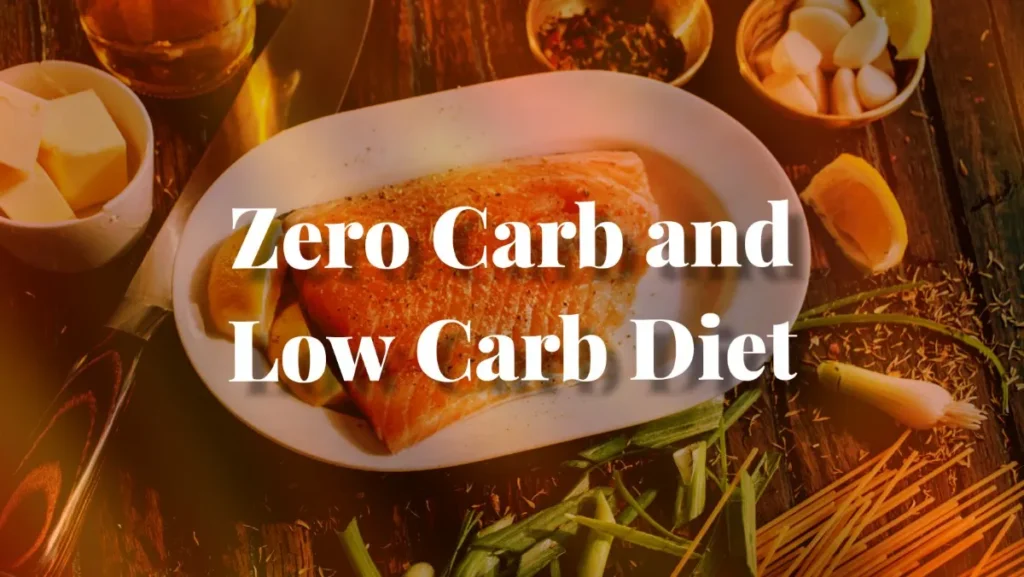
Keto and Zero Carb Diet
Low-carb diets have long been popular, but depending on what you consume, a no-carb diet can be even more restrictive than a low-carb or keto diet. A zero-carb or no-carb diet is a dietary pattern that eliminates all sources of carbohydrates, including sugars and starches.
This means we consume only foods that contain no carbohydrates, such as meat, fish, eggs, and some dairy products. Meat contains 0 grams of carbs while eggs have 1.1 grams.
Proponents of this diet believe that eliminating carbohydrates will cause the body to burn fat for energy and lead to weight loss, improved energy levels, and other health benefits.
While a zero-carb diet may cause short-term weight loss, it is not a sustainable or nutritionally balanced way of eating. Carbohydrates are plentiful macronutrients that provide energy for the body. They also play a vital role in several biological processes.
Eliminating them entirely can cause deficiencies in essential vitamins, minerals, and fiber and can have negative effects on health in the long run. Consider consulting a healthcare professional before trying a zero-carb diet. Discuss the potential risks and benefits.
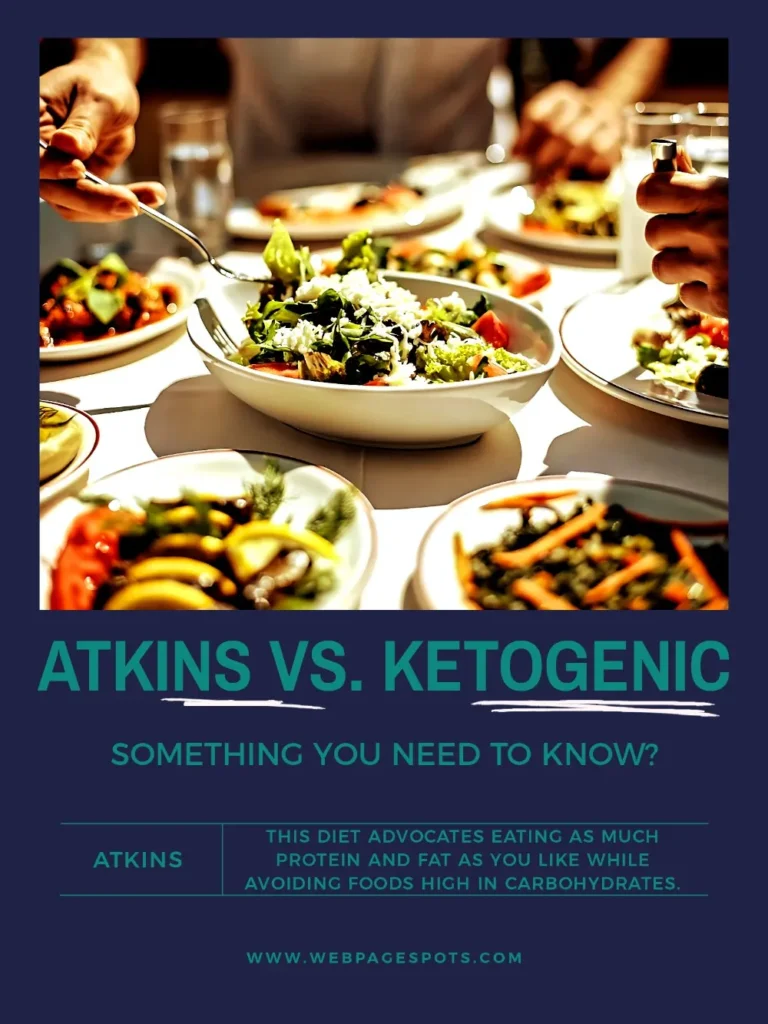
Keto Diet Vs Atkins Diet
The ketogenic diet and the Atkins diet are both low-carb diets that have gained popularity for their potential to aid in weight loss. Yet, there are some differences between the two diets.
- Macronutrient ratios: The ketogenic diet typically involves a macronutrient ratio of 5-10% carbohydrates, 15-30% protein, and 70-75% fat. In contrast, the Atkins diet starts with a higher percentage of carbohydrates (around 20%) and gradually reduces the number of carbohydrates allowed as the diet progresses in the first phase.
- Phases: The Atkins diet comprises four phases: induction, balancing (ongoing weight loss), pre-maintenance, and lifetime maintenance. The induction phase is the most restrictive, allowing only 20 grams of carbs per day, while the latter phase increases the number of carbs allowed. But the ketogenic diet often maintains the same macronutrient ratio throughout the entire diet.
- Food choices: Both diets restrict carbohydrate-rich foods, but the ketogenic diet places a greater emphasis on healthy and high-fat, low-carb foods like avocados, nuts, and cheese. The Atkins diet allows for a much wider variety of foods, including processed and packaged foods, as long as they are low in carbohydrates.
- Long-term sustainability: The ketogenic diet can be difficult to stick to because of the strict limitations on carbohydrates and the emphasis on high-fat foods. But the Atkins diet allows for a broader variety of foods and keeps increasing the number of carbohydrates allowed. This can make it easier to maintain in the long run.
Remember that both the ketogenic and Atkins diets may pose health risks, and one should be cautious when using them. Before beginning one of these diets, ensure that they are safe and appropriate for you. Discuss any potential risks and benefits with someone who has experience.
When Does the Keto Diet Start Working by Inducing Ketosis?
When you enter ketosis, your body starts producing ketones from fatty acids. The presence of these ketones in your blood and urine is a sign that you are in ketosis and that your body is burning fat instead of carbs.
The time or days it takes for the ketogenic diet to induce ketosis can vary depending on several factors. These factors include an individual’s metabolic rate, carbohydrate intake, and level of physical activity. Typically, it can take anywhere from 2 to 3 weeks to reach ketosis. Depending on how strictly a person follows the diet plan, they can enter ketosis between the second and fourth weeks.
Yet, some people may reach ketosis faster or slower than others. The time it takes can also depend on a person’s starting glucose and insulin levels, body fat percentage, and other factors.
Some people experience ketosis after 2-4 weeks following their keto diet, depending on how strict they are with the keto diet. So the probability can be whatever. Also, note that not everyone who follows the ketogenic diet experiences the same symptoms or level of ketosis.
To make sure that you are in ketosis, track your macronutrients and measure the levels of ketone bodies in your blood and urine. With this information, you can make adjustments to your diet if needed in order to stay in ketosis and continue to reap the benefits of the keto diet.
Keeping track of your progress while on the ketogenic diet is a sensible decision. This can further help ensure that you’re following the diet safely and effectively and getting the results you want.

Zero Carbs and Zero Fat Foods
Here are some examples of foods that are typically low in both carbohydrates and fat:
- Meat and poultry (without skin): beef, pork, chicken, turkey, etc.
- Seafood: fish, crab, lobster, etc.
- Eggs: whole eggs or egg whites
- Non-starchy vegetables: spinach, kale, broccoli, cauliflower, etc.
- Cheeses: blue cheese, feta cheese, brie, etc.
- Nuts and seeds: almonds, pumpkin seeds, chia seeds, etc.
- Dairy products: heavy cream, sour cream, cream cheese, etc.
Keep in mind that these foods are still not completely void of carbohydrates or fats. Nuts and dairy products, for example, may contain trace amounts of both macronutrients. Besides, while these items can be a part of a well-balanced ketogenic diet, eating too many of them can contribute to weight gain and other health issues.

What are Some Significant Side Effects of a Low Carb Diet?
A low-carb diet can help those who want to lose weight and live a healthy lifestyle. Yet, there are some potential risks associated with such a diet. The dangers associated with a low-carb diet may include constipation, kidney stones, gout, fatigue, foul breath, and an increased risk of certain cancers.
Initially, because of a change in diet, constipation may occur as a side effect. Kidney stones may form because of high amounts of protein and fat in the diet. Gout is a painful joint condition that is linked to too much animal protein in the diet. Fatigue can occur due to the body’s inability to efficiently burn fat as an energy source.
Elevated ketones that exit the body through the urine and breath can cause foul breath. Finally, an increased risk of certain cancers has been linked to low-carb diets. As a result, it is prudent to see your doctor before embarking on a low-carb diet to ensure you’re informed of all potential hazards.
Bottom Line
A low-carb diet is a flexible way of eating that allows some variation in the types and amounts of carbohydrates consumed. Simply put, a low-carb diet is a more relaxed version of a keto diet, in which you reduce carbs to 40 percent of your daily consumption.
A ketogenic diet is much stricter, with a much smaller percentage of carbohydrate consumption. You can say that a keto diet is a more restrictive version of a low-carb diet, in which you reduce your carbs to a very low level and supplement with high fat.
Both diets are effective for weight loss and provide other health benefits. Finally, sticking to the keto diet for long-term success is more difficult. So it is up to you to decide which one is the right fit for you.
Disclaimer
This article is for general information and is not a piece of professional medical advice. It is pertinent to note that a low-carb or ketogenic diet should always be followed under the supervision of a doctor or qualified healthcare professional. Each of them may have potential side effects or may not be appropriate for everyone. The long-term effects of low-carb and ketogenic diets are not well-studied and more research is still needed in this area.
Understanding the importance of copyright law is absolutely vital, as it strictly prohibits any reproduction or replication of works without the explicit permission of the author. Any unauthorized duplication of content will lead to legal action for copyright infringement under Section 14 of the Copyright Act.
